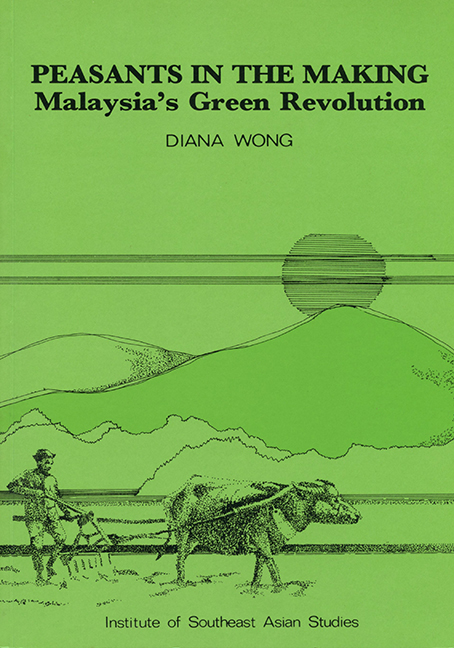Book contents
- Frontmatter
- Contents
- Acknowledgements
- Part I The Framing of the Study
- Part II The Anatomy of the Village
- Chapter 4 The Village in Its Social Setting
- Chapter 5 The Village Households: Indicators of Social Differentiation
- Chapter 6 The Sample Households: Patterns of Social Differentiation
- Part III The Transformation of the Village Economy
- Part IV The Transformation of Village Society: The Unfolding of Social Differentiation
- Part V Conclusion
- Appendix I Research Methodology
- Appendix II Questionnaire
- Bibliography
- THE AUTHOR
Chapter 6 - The Sample Households: Patterns of Social Differentiation
from Part II - The Anatomy of the Village
Published online by Cambridge University Press: 21 October 2015
- Frontmatter
- Contents
- Acknowledgements
- Part I The Framing of the Study
- Part II The Anatomy of the Village
- Chapter 4 The Village in Its Social Setting
- Chapter 5 The Village Households: Indicators of Social Differentiation
- Chapter 6 The Sample Households: Patterns of Social Differentiation
- Part III The Transformation of the Village Economy
- Part IV The Transformation of Village Society: The Unfolding of Social Differentiation
- Part V Conclusion
- Appendix I Research Methodology
- Appendix II Questionnaire
- Bibliography
- THE AUTHOR
Summary
INTRODUCTION
In order to arrive at a deeper understanding of the household economy and the process of differentiation evidently occurring at the village level, more intensive “case studies” were then made of sixteen village households. These sixteen were chosen according to three criteria: that of stratification, that is, according to the household types senang, sedang and susah, identified earlier; that of variability, that is, where possible, with different family structures, and thirdly, the limits of the possible were set by personal access and the availability of a family member willing and able to fill in the questionnaires and answer diverse other questions. These sample households were not chosen by me but by my adoptive father in the village, according to the parameters set above. As such, they may reflect his personal friendships in the village; on the whole, however, they seem to be fairly representative of the village households, and care was taken to include households from both the major political factions in the village.
Data collected on these sample households is of three kinds:
biographical
income and expenditure data
time utilization data
To begin this chapter, an introduction of the various households with the biographies of the household heads, followed by an examination of their budgetary and labour utilization patterns, is in order.
THE LIFE HISTORIES
Senang Households
We shall begin this series of household portraits with the well-to-do households and appropriately then, with Ahmad D, the largest landowner in the village. He owns a total of 12.75 re of padi land, operates altogether 17.5 re and estimates that every padi season nets him a profit of $5000, certainly a not inconsiderable sum. What does a well-to-do man do with his money?
In 1968, he made his first major investment with the construction of a house which would cost at current prices at least $15,000. In 1970 he bought a pedestrian tractor in partnership with his brother.
- Type
- Chapter
- Information
- Peasants in the MakingMalaysia's Green Revolution, pp. 65 - 108Publisher: ISEAS–Yusof Ishak InstitutePrint publication year: 1987



